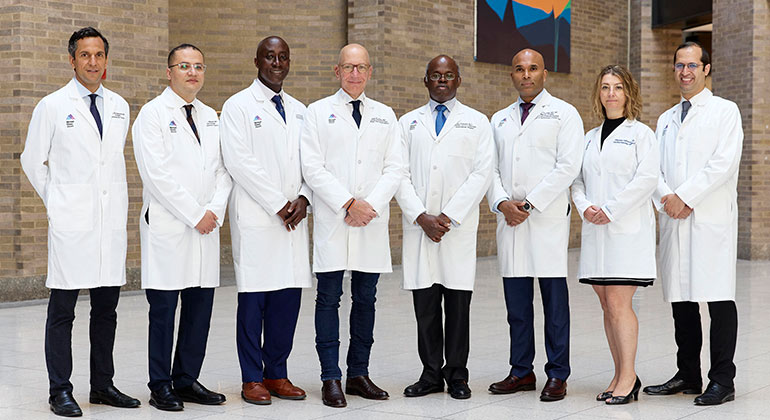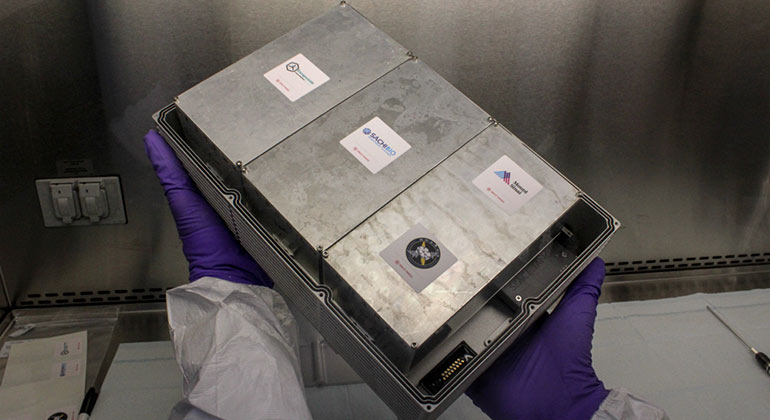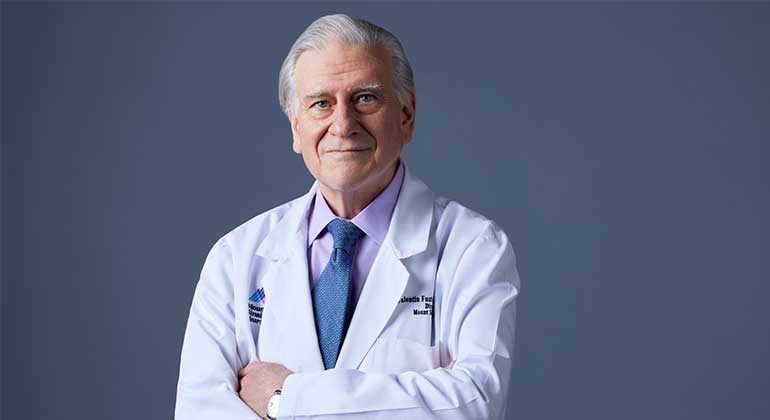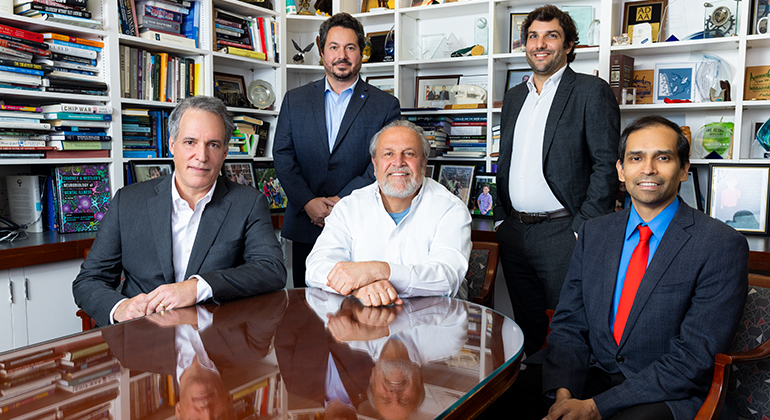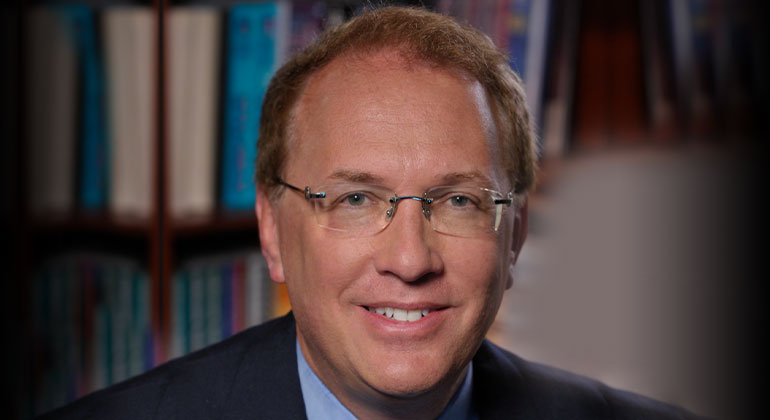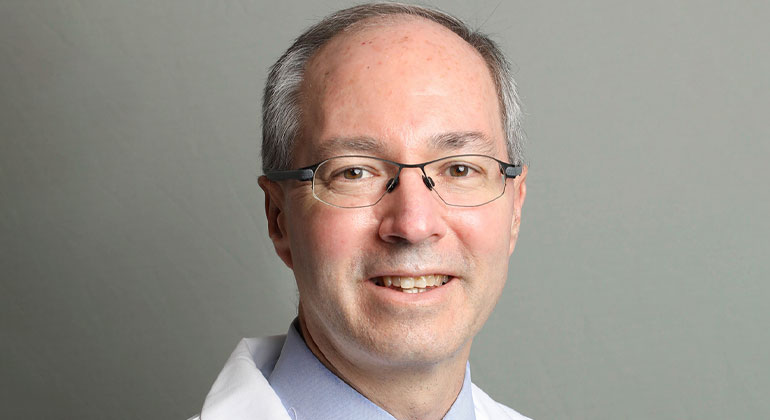Implanted Device Shows Potential as Alternative to Warfarin for Stroke Prevention in Patients with Atrial Fibrillation
New JAMA study led by Dr. Vivek Reddy of Mount Sinai Heart shows WATCHMAN device can be just as safe and effective as warfarin.
Icahn School of Medicine at Mount Sinai's Vivek Y. Reddy, MD, and colleagues examined the long-term efficacy and safety, compared to warfarin, of a device to achieve left atrial appendage (LAA) closure in patients with atrial fibrillation (AF). The study appears in the November 19 issue of JAMA.
The LAA is a pouch-like appendix located in the upper left chamber of the heart. The LAA is the major source of clots that block blood vessels in patients with AF. Oral anticoagulation with the blood-thinner medication warfarin has been the mainstay of treatment for prevention of cardioembolic stroke in AF. Although effective, warfarin is limited by a need for lifelong coagulation monitoring and multiple medication and food interactions.
Warfarin's side effects have led to the development of minimally invasive surgical approaches to close the LAA such as the use of the implantable WATCHMAN device to close the LAA during a catheter-based procedure performed by cardiologists.
"Our large, international study results show that the WATCHMAN device is a promising alternative option to warfarin for atrial fibrillation patients with a left atrial appendage that puts them at high risk for a stroke," says Dr. Vivek Reddy, Director of Arrhythmia Services for the Mount Sinai Health System. "Our findings show the device offers an advantageous reduced risk of hemorrhagic stroke and death when compared to Coumadin which has several debilitating side-effects affecting the quality of life of patients living with AF."
This study included 707 patients with nonvalvular AF and at least 1 additional stroke risk factor who were randomly assigned to LAA closure with a WATCHMAN device made by Boston Scientific (n = 463) or warfarin (n = 244). The study was conducted at 59 hospitals in the United States and Europe.
At an average follow-up of 3.8 years, there were 39 events (stroke, systemic embolism or blood clot, and cardiovascular death) among 463 patients (8.4 percent) in the device group, compared with 34 events among 244 patients (13.9 percent) in the warfarin group, with the difference in the event rate indicating that LAA closure met prespecified criteria for both noninferiority and superiority compared with warfarin. LAA closure reduced the relative risk of a composite of these events by 40 percent (1.5 percent absolute reduction) compared with warfarin anticoagulation.
Additionally, patients in the device group demonstrated lower rates of both cardiovascular death (3.7 percent vs. 9.0 percent) and all-cause death (12.3 percent vs. 18.0 percent), with the device-based strategy. This translated to a 60 percent relative risk reduction (1.4 percent absolute reduction) of cardiovascular death and 34 percent reduction (5.7 percent absolute reduction) in all-cause death.
Also, although the device implantation procedure was associated with early complications, the accumulation of complications related to chronic anticoagulation resulted in similar safety profiles for the two groups.
This study was funded by the manufacturer of the device, Atritech (now owned by Boston Scientific) which provided the LAA closure device used in this trial.
Dr. Reddy has served as a consultant to Boston Scientific, Inc., the manufacturer of the WATCHMAN device.
About the Mount Sinai Health System
Mount Sinai Health System is one of the largest academic medical systems in the New York metro area, with more than 43,000 employees working across eight hospitals, over 400 outpatient practices, nearly 300 labs, a school of nursing, and a leading school of medicine and graduate education. Mount Sinai advances health for all people, everywhere, by taking on the most complex health care challenges of our time — discovering and applying new scientific learning and knowledge; developing safer, more effective treatments; educating the next generation of medical leaders and innovators; and supporting local communities by delivering high-quality care to all who need it.
Through the integration of its hospitals, labs, and schools, Mount Sinai offers comprehensive health care solutions from birth through geriatrics, leveraging innovative approaches such as artificial intelligence and informatics while keeping patients’ medical and emotional needs at the center of all treatment. The Health System includes approximately 7,300 primary and specialty care physicians; 13 joint-venture outpatient surgery centers throughout the five boroughs of New York City, Westchester, Long Island, and Florida; and more than 30 affiliated community health centers. We are consistently ranked by U.S. News & World Report's Best Hospitals, receiving high "Honor Roll" status, and are highly ranked: No. 1 in Geriatrics and top 20 in Cardiology/Heart Surgery, Diabetes/Endocrinology, Gastroenterology/GI Surgery, Neurology/Neurosurgery, Orthopedics, Pulmonology/Lung Surgery, Rehabilitation, and Urology. New York Eye and Ear Infirmary of Mount Sinai is ranked No. 12 in Ophthalmology. U.S. News & World Report’s “Best Children’s Hospitals” ranks Mount Sinai Kravis Children's Hospital among the country’s best in several pediatric specialties.
For more information, visit https://www.mountsinai.org or find Mount Sinai on Facebook, Twitter and YouTube.
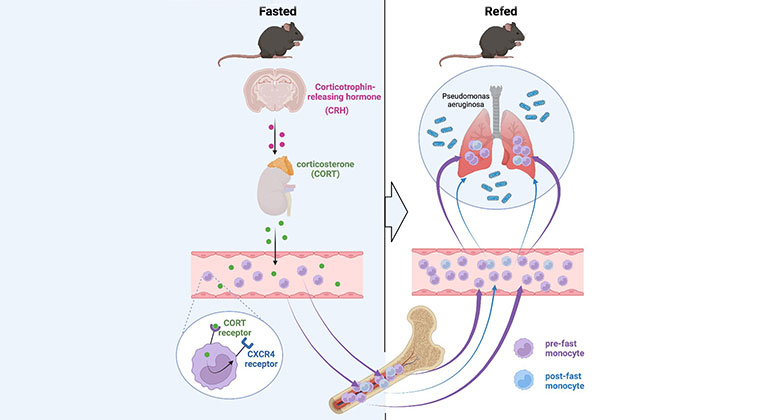
Skipping Breakfast May Compromise the Immune System
Feb 23, 2023 View All Press Releases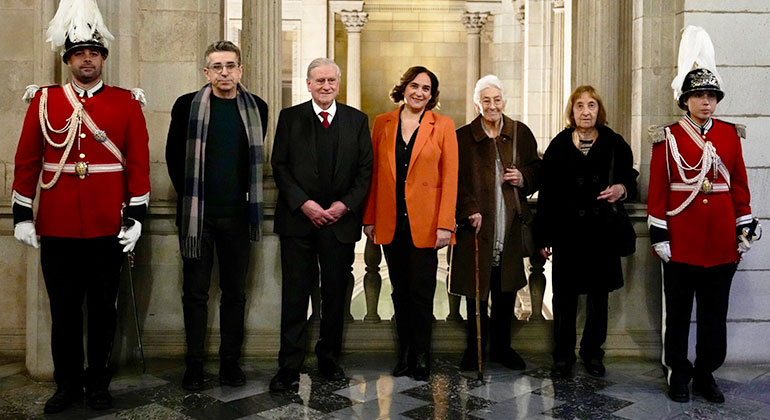
Valentin Fuster, MD, PhD, Receives Prestigious Award from City of Barcelona, Spain
Jan 23, 2023 View All Press Releases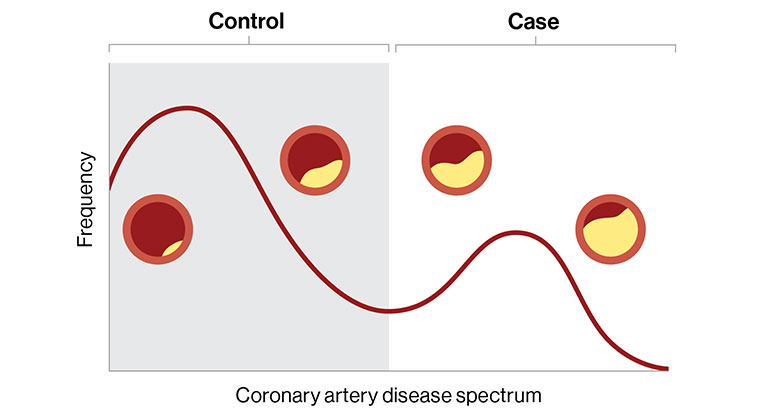
Digital Marker for Coronary Artery Disease Built by Researchers at Mount Sinai
Dec 20, 2022 View All Press Releases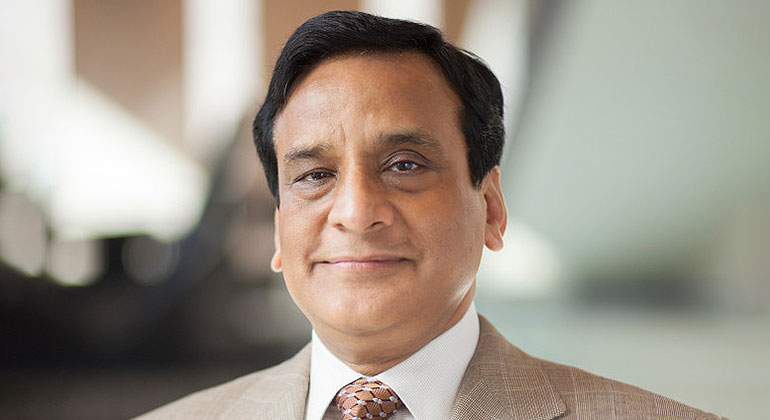
Samin Sharma, MD, Named Director of the Mount Sinai Cardiovascular Clinical Institute
Nov 28, 2022 View All Press Releases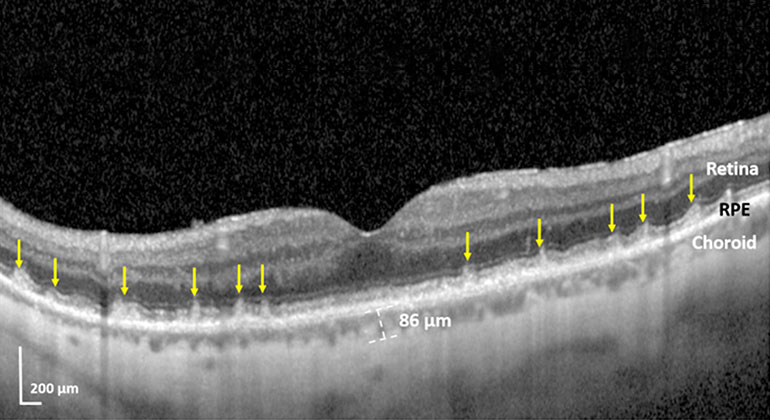
Blinding Eye Disease Strongly Associated With Serious Forms of Cardiovascular Disease
Nov 17, 2022 View All Press Releases